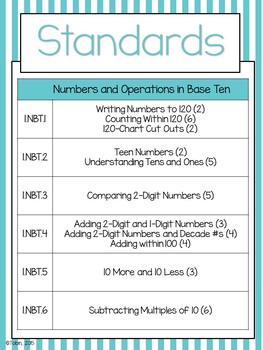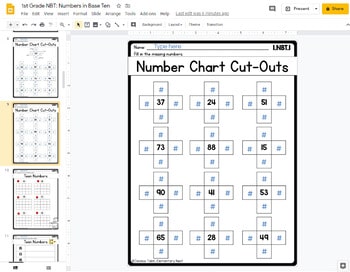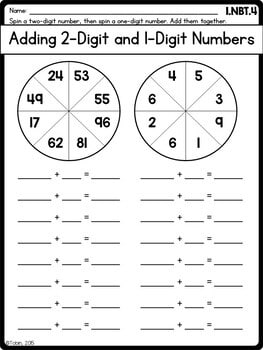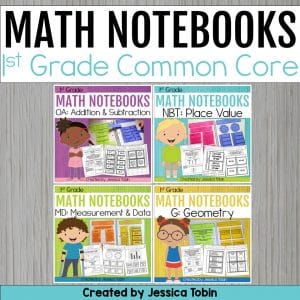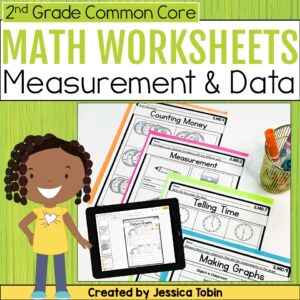Menu
Description
This 1st Grade NBT Math Worksheets unit is a quick no-prep go-to resource to use when teaching numbers and operations in base-ten! This is not a curriculum, but a resource to help supplement your lessons! With printables for topics such as numbers to 120, teen numbers, understanding tens and ones, comparing two-digit numbers, adding double digit numbers to 100, ten more and ten less mental math, and subtracting tens.
*There is now a digital component included in this resource. The practice worksheets are now created in Google Slides. On page 4, you’ll find a digital access link and instructions.*
This item aligns to the Common Core standards for the Numbers in Base-Ten domain, but you don’t have to be a Common Core classroom to use this pack! There are TWO sets of sheets in this pack. One set has the CCSS tag (such as 1.NBT.2) and the other set comes without a tag for teachers who do not follow CCSS.
Topics Covered:
- Writing to 120
- Counting to 120
- 120 Charts
- Adding 2-Digit Numbers to 100
- Place Values Tens and Ones
- Comparing 2-Digit Numbers
- Adding 2-Digit to 1-Digit Numbers
- Adding 2-Digit Numbers to Decade Numbers
- Teen Numbers
- Mental Math (10 More, 10 Less)
- Subtracting Multiples of Ten
This item is included in a money-saving printables bundle.
Click here for the printables bundle.
You can save even more money when buying this item in a first grade common core bundle, which includes the printables bundle, plus short answer, centers, and interactive notebook templates.
Click here for the MEGA bundle.
Not interested in buying bundles? But you still want 1st grade NBT products?
-Centers
-Interactive Notebook Activities
-Short Answer Problems
This 1st Grade NBT Math Worksheets unit purchase is for one single classroom only.
If you’re interested in sharing with other classrooms, make sure to buy the extra licenses for a discount through the TeachersPayTeachers tool here. If you are interested in a site license, please contact me for a quote at [email protected].


